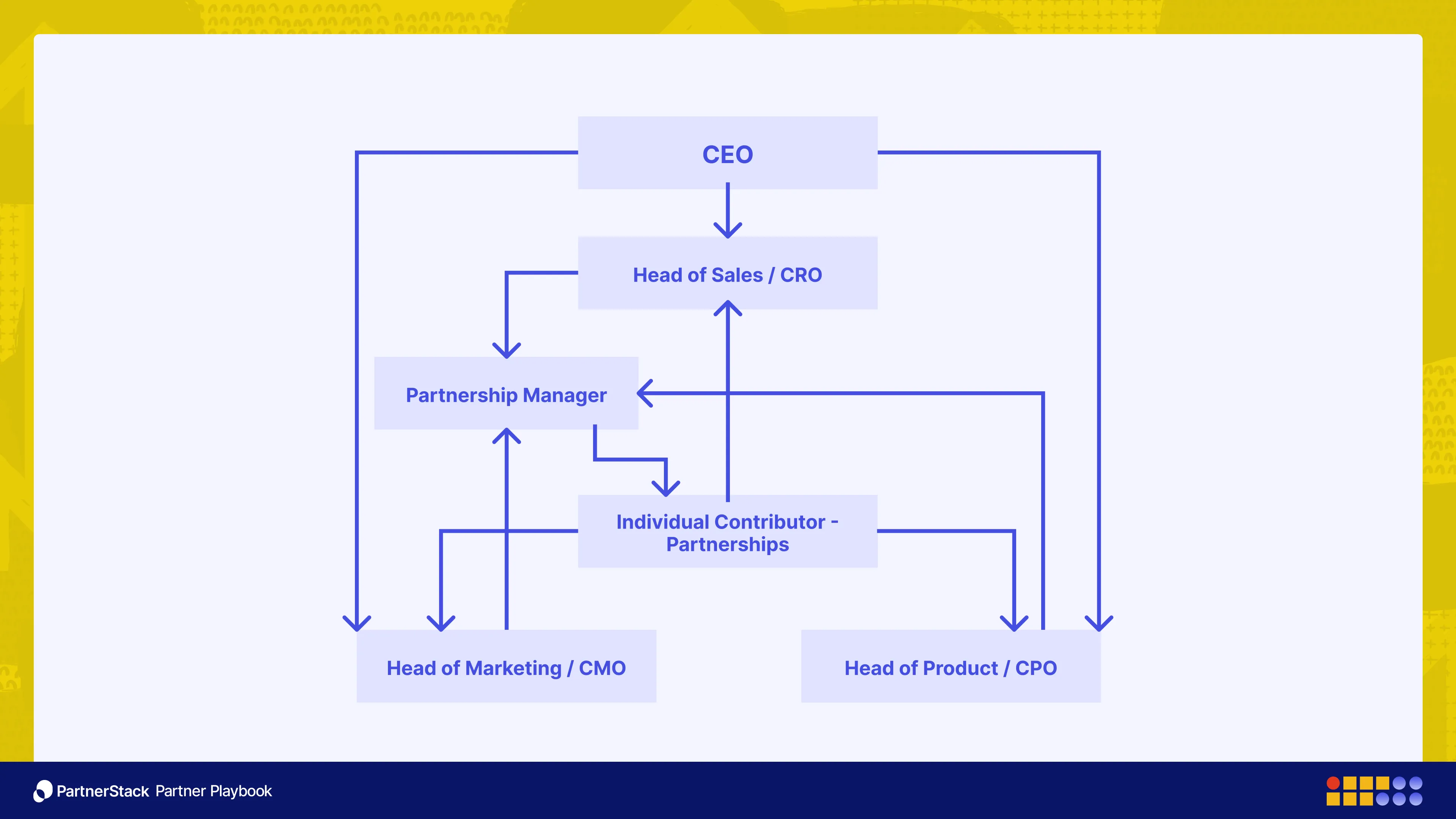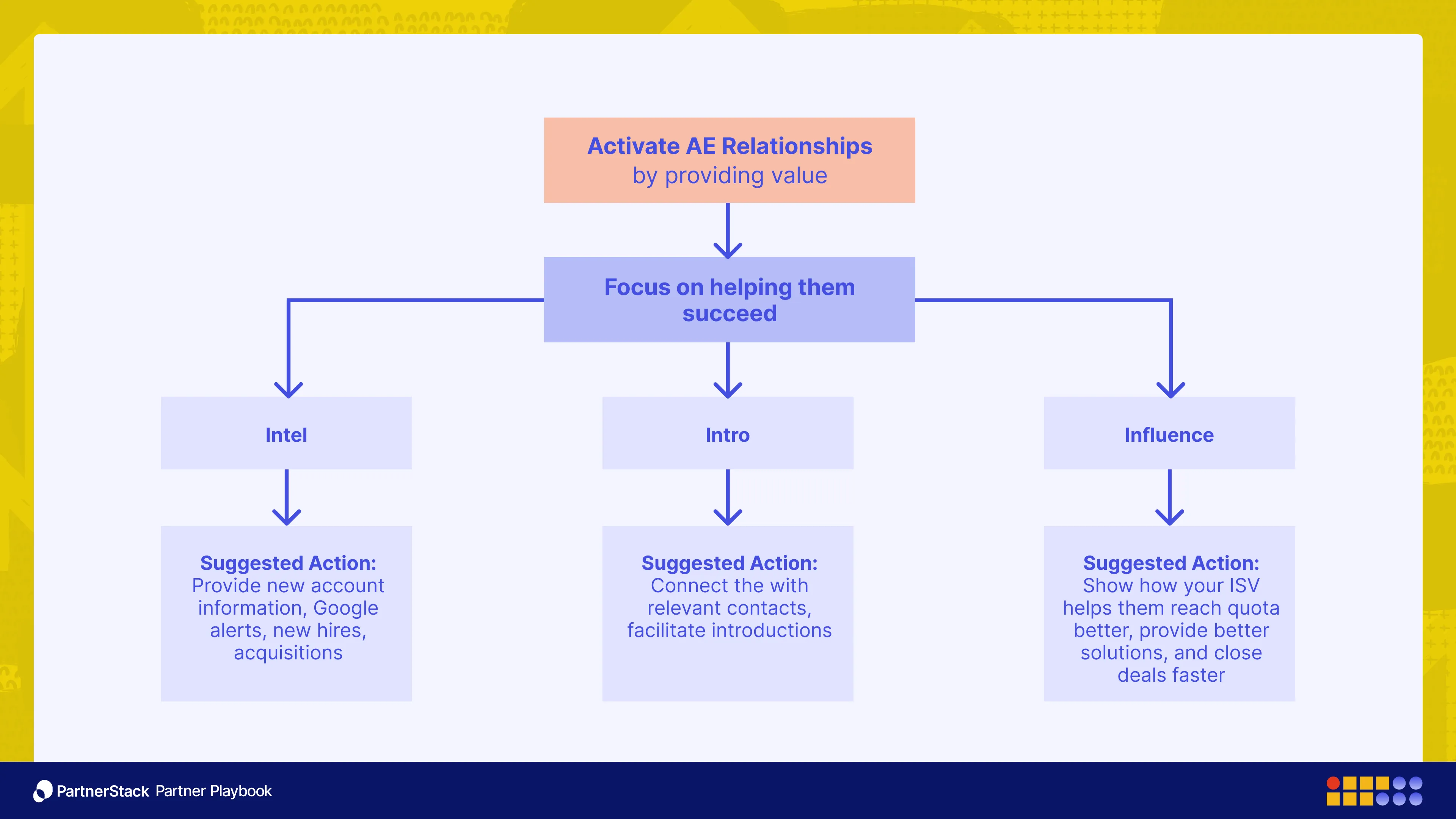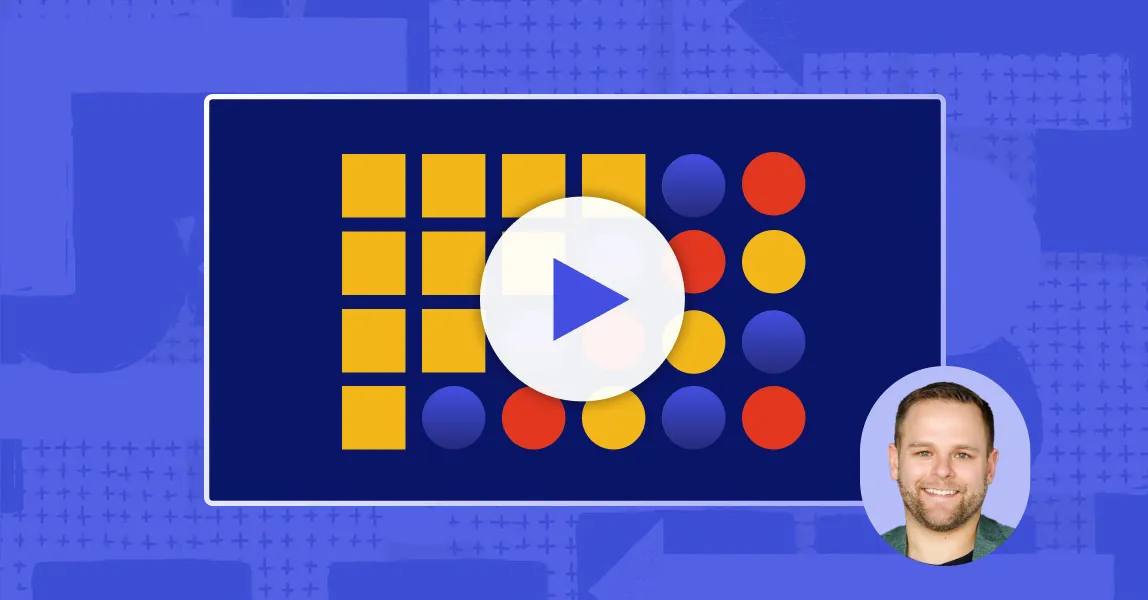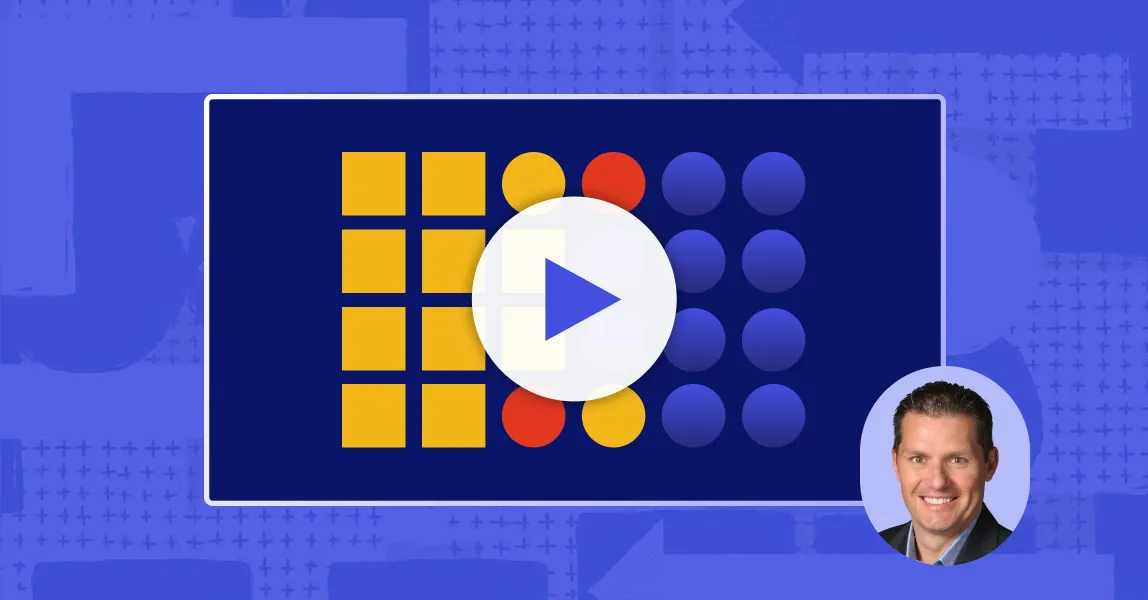Succeeding at partnerships in cloud ecosystems from start to scale
Sam Yarborough, co-founder of Arcadia Leadership Experience and co-host of the Friends With Benefits podcast, offers a strategic guide to succeeding on major cloud ecosystems like Salesforce to generate pipeline and value.
Sam Yarborough, Co-founder of Arcadia Leadership Experience and co-host of the Friends With Benefits podcast
In this expert playbook, Sam Yarborough shares the steps for companies, particularly independent software vendors (ISVs), to generate value and pipeline from hyperscaler ecosystems like Salesforce as well as others such as Azure, Google and AWS.
Watch and listen to Sam Yarborough on Get It, Together, powered by PartnerStack.

Here's a step-by-step breakdown of how Yarborough builds and scales partnerships within various cloud ecosystems.


Establish a clear partnerships strategy and secure internal buy-in
Before investing in a partnership, it's crucial to understand the core reasons why your company wants it. Many companies are "partner-curious," but without a clear "why" and adequate support from sales and marketing, they often set their partner leaders up for failure.
Make sure the entire executive team, including the CRO, CMO and CEO, is aligned on the partnership strategy, the significant work involved, the expected value and the contributions required from each of their teams. Partner leaders have to be fluent in the language of the business, particularly financial language, to effectively communicate their program’s value.
A partner team with a single headcount cannot effectively manage more than one ecosystem, at least to start, Yarborough says. So it’s essential to be adept at securing internal resources and alignment. Partnerships should be a company-wide initiative, not just the burden of a single partner person.
.webp)

Ensure product and marketing alignment
You’ll need to make sure your product roadmap aligns with the ecosystem provider’s strategic focus. For example, Salesforce is currently focused on Agent Force and AI, so if your company doesn't have an AI narrative, your product team needs to figure out how to address this or you risk being left behind. This shows you’re invested and interested. This requires alignment at a company-wide level, but it will make the job of the partner leader much easier.
Marketing support is also key, so ideally the marketing and partnerships will be working toward some common goals, like the number of events each year. To build this alignment, secure dedicated marketing support for events, which are crucial for meeting reps and building relationships face to face, and team up for co-marketing activations like webinars and newsletters.


Debunk misconceptions about marketplaces — like time to ROI and compensation structures
A common misconception is that simply getting listed on a marketplace, such as the AppExchange for Salesforce or other cloud marketplaces, means leads start flowing and business starts going. Unfortunately, Yarborough says, this is not true.
Timing: Cloud ecosystems demand substantial time, resources and internal alignment. It can realistically take 12 to 18 months for the revenue flywheel to really start moving.
Compensation: You’ll also need to understand the compensation structure and to be able to explain it to leadership to get their buy-in. For example, Salesforce's 15 per cent revenue share for deals involving Salesforce products is significantly higher than the percentage taken by some other marketplaces (e.g., three per cent for Azure and AWS). If you need help getting leadership on board, Salesforce can often give some talking points.
Next, integrate this cost into your financial planning. One way that Yarborough recommends is viewing it as a marketing cost to reduce CAC.


Go beyond listing — identify joint customers and sell on wins
Simply being listed in a marketplace like the Salesforce AppExchange is not enough to guarantee success or generate sustainable pipeline. The real value comes from access to the ecosystem's customer base.
To unlock that value, begin by looking at your current customer base to identify those who are also using the ecosystem provider's platform. Even better, pinpoint customers who are already using your application alongside their integration with the ecosystem.
Start small and focused. Choose a specific industry to concentrate on first. This helps sellers learn about your offering more quickly, so you’ll see a compounding effect faster.
Develop compelling "win stories" that articulate the value you bring to these joint customers. These stories should clearly outline:
- The customer's pain point before using your solution.
- How your solution solved that pain point.
- How your solution, combined with the ecosystem provider's platform (e.g., Salesforce together with your product), creates a better outcome for the customer.


Activate AE relationships by providing value for long-term ecosystem success
When engaging Account Executives (AEs), focus on how you can help them succeed with the three I’s: intel, intro and influence.
- Intel: Provide them with intel in the form of new account information.
- Intro: In partnerships, you have to give to get. Connect AEs with relevant contacts.
- Influence: Develop crucial influence by framing your solution's value in terms of helping them reach quota, provide a better solution for their customer — and do it all faster.
Remember, an AE primarily cares about their own success and will often ghost partners if they are difficult to engage. Have your ISV package ready to send, so they don't have to make any extra effort to present you to their customers. Be prepared to follow up multiple times, as AEs won't always react after the first contact.
By implementing these strategic steps, companies can build robust and revenue-generating partnerships within large ecosystems.
PartnerStack's platform is designed to support such programs by helping to recruit high-quality, well-fitting partners, activate them with best-in-class resources, track every partner-sourced lead, commission partners with incentives and optimize performance with reports and insights.

Meet Get It, Together expert guest Sam Yarborough:
This partnerships pro is an expert at scaling through cloud marketplaces and the co-founder of Arcadia.
Learn the secrets of partnerships success
Sign up for our newsletter to enjoy premium partnerships and ecosystem content you can’t get anywhere else.
By submitting this form you agree to PartnerStack's Privacy Policy.





.webp)











